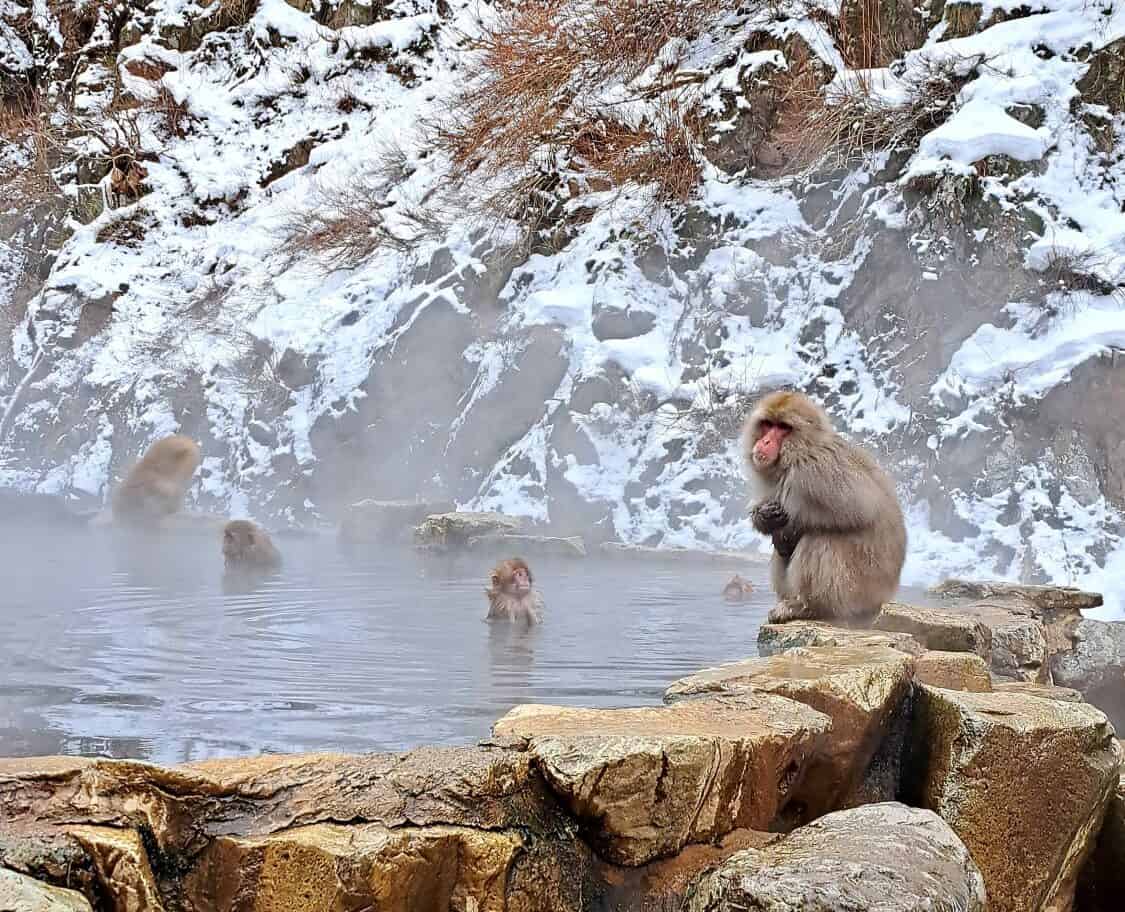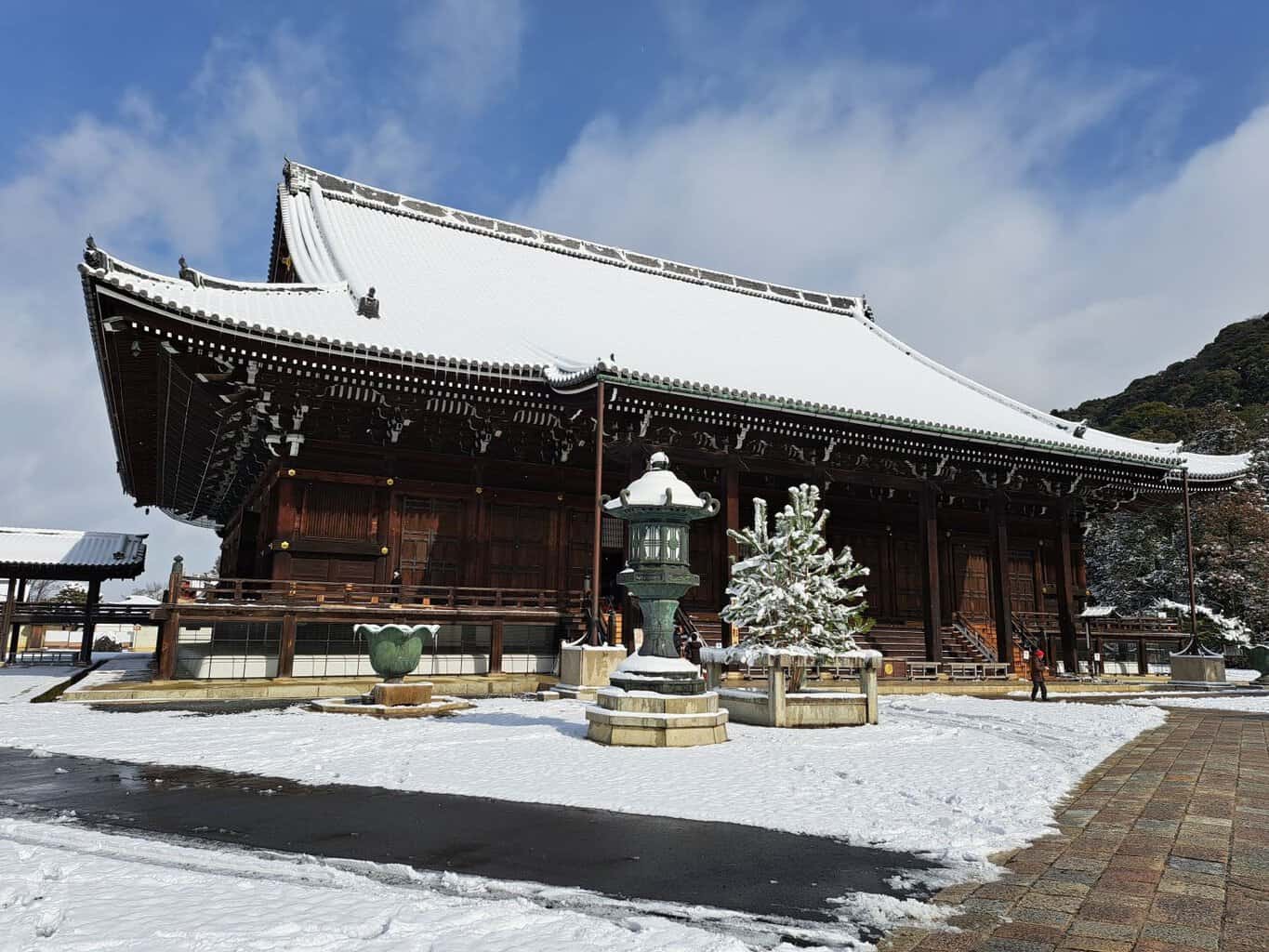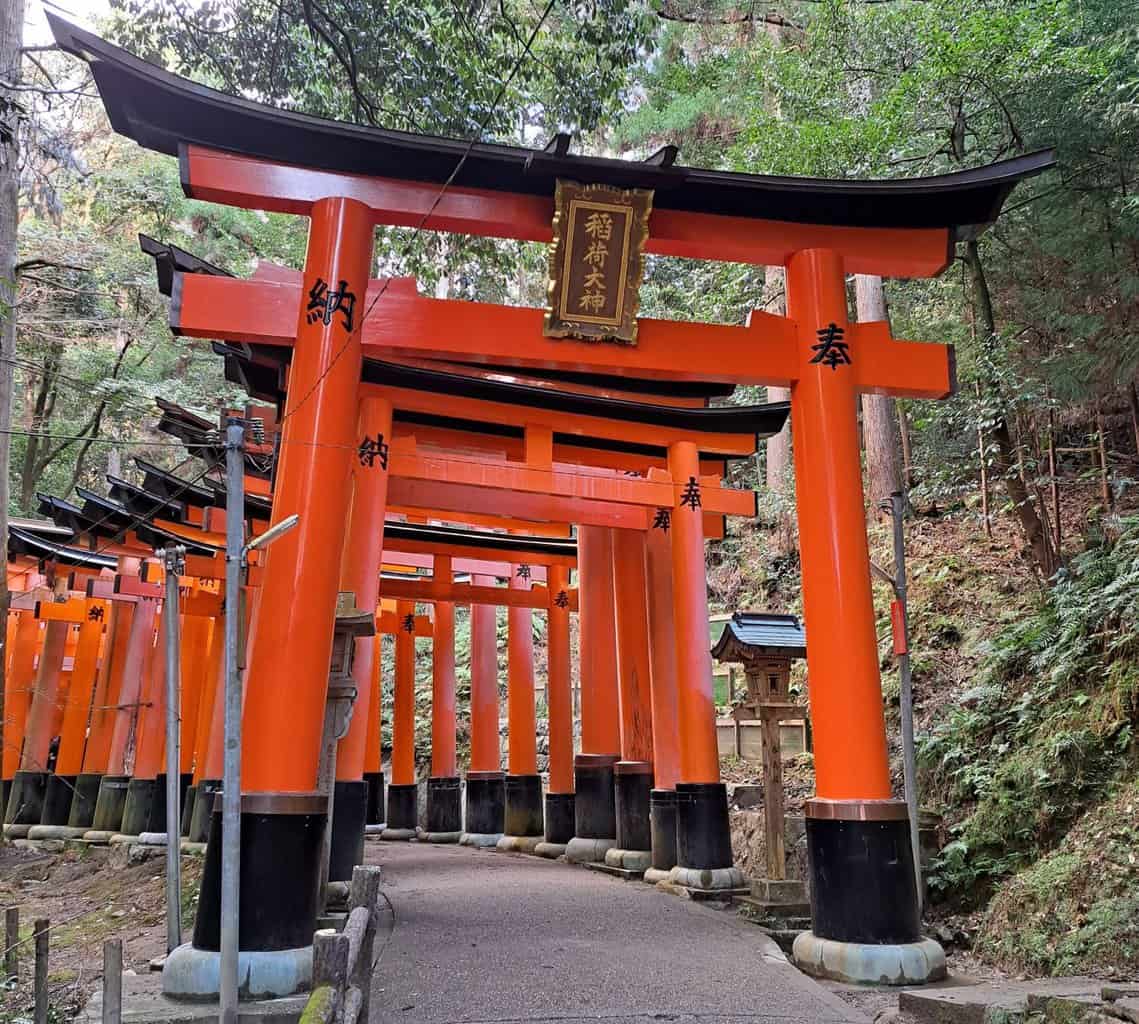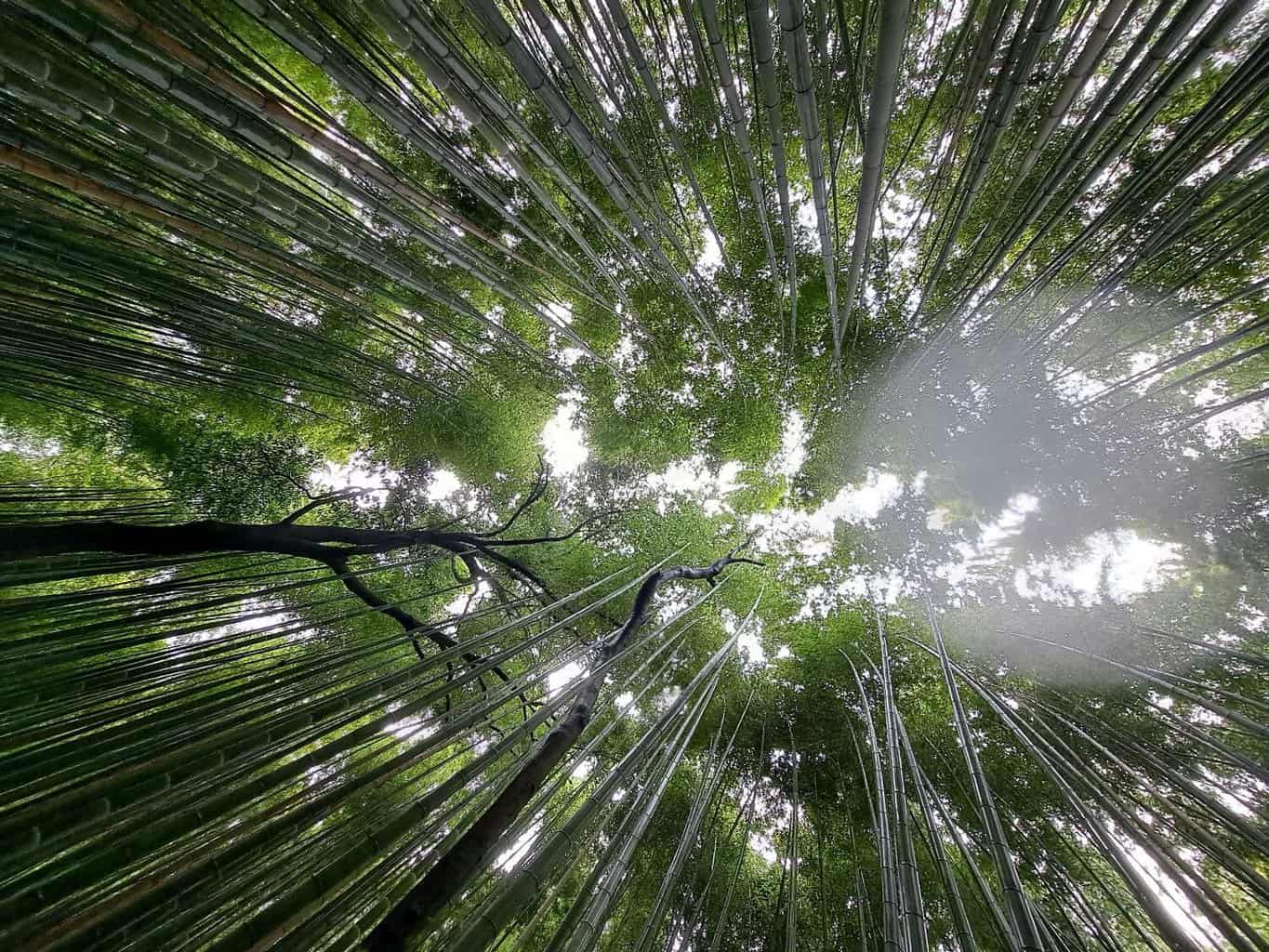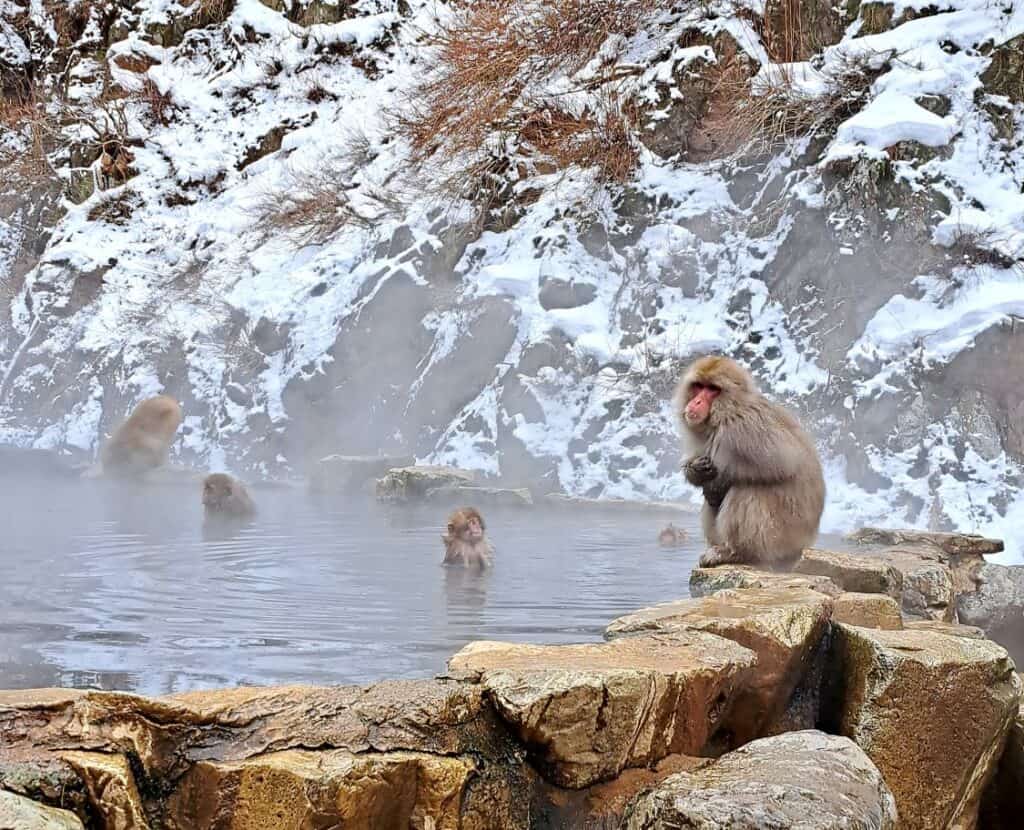
This post may contain affiliate links. I will receive a small commission if you use these links.
How to visit Nagano and the Japanese Snow Monkeys
Ever since I saw Japan’s famous snow monkeys on a tv documentary, I’ve wanted to see them. So, when we were travelling in Japan during the winter season, I jumped at the chance to plan a trip to the Jigokudani Snow Monkey Park, near Nagano.
The Jigokudani Snow Monkey Park is one of the best places to see Japan’s snow monkeys, and it’s a great addition to your Japan itinerary. This post covers everything you need to know about visiting the Snow Monkeys and Nagano.
Contents
How to get to Nagano and the Jigokudani Snow Monkey Park
In order to get to the Jigokudani Snow Monkey Park, you will first need to get to Nagano. Nagano is the capital of the Nagano Prefecture, located in Japan’s central Chūbu region. It is one of the largest cities in Japan and is the gateway to the Japanese Alps, where you will find beautiful mountains, lakes and hot springs. In the winter, this region is one of the most popular places to take a skiing trip.
How to get to Nagano city
Tokyo to Nagano
Nagano is just 1.5 – 2 hours on a direct train from Tokyo station. If you have a full JR pass, or a JR central regional pass, you can use it on this journey. (Please check your pass beforehand to make sure that your chosen journey is covered).
Kyoto to Nagano
From Kyoto, you have three different routes you can choose from. The first option is via Kanazawa along the northern coast of Japan. Option two is along the southern coast, via Tokyo station. The final option is through the centre of the region, changing at Nagoya. All three options take approximately 4 hours with one change and you can use your full JR pass or JR central regional pass on these journeys. (Please check your pass beforehand to make sure that your chosen journey is covered).
Osaka to Nagano
From Osaka, you will need to take the local JR or subway to Shin-Osaka station. From Shin-Osaka, you have the same three options as Kyoto.
How to get to the Jigokudani Snow Monkey Park from Nagano
Once you have made it to Nagano, there are a couple of options you can choose from to make your way to the Snow Monkey Park.
The first option is to take the train to the Snow Monkey Park. From Nagano, take the Dentetsu line train to Yudanaka. Once you have arrived in Yudanaka, you will need to catch the local bus to Shiga Kogen, getting off at Kanbayashi Onsen (for the monkey park). (If you are staying overnight in either of these small towns, or in a nearby resort, your accommodation might also take you to the forest entrance of the Snow Monkey Park, so it is worth checking with them first).
You can also catch the Nagaden Express bus from Nagano to the forest entrance of the Snow Monkey Park. The bus departs from Bus Stop No.23, outside the East Exit of Nagano station.
Whichever option you choose, it is important to note that there is a 25 minute walk along a path through the forest from the first entrance to the actual Snow Monkey park entrance, where you buy your tickets.
What is the Snow Monkey Pass?
Depending on how long you are staying in Nagano or the surrounding resorts, it may be worth considering buying the Snow Monkey Pass. This 2 day pass covers 2 days of unlimited travel on the Nagano Dentetsu train line, the Nagaden express bus and also local buses between Yudanaka Station and Kanbayashi Onsen (for monkey park). The 2 day pass also includes a single admission to the Jigokudani Snow Monkey Park.
The cost of the Snow Monkey Pass is 3600 Yen (£20) for adults and 1800 (£10) for children between the ages of 6-12. (Children under the age of 6 can travel on public transport and enter the park for free).
Is the snow monkey pass worth it?
Admission to the park alone costs 800 yen for adults (£5).
The train between Nagano and Yudanaka costs 1190 yen (£6.60) for a one-way ticket. (Unfortunately if you have a JR pass, you cannot use it on the local train and buses between Nagano and the mountain region). If we add that up, two one-way train tickets plus your park admission would cost just over £18. That’s without adding on the local buses from Yudanaka to the park entrance. So, if you are visiting the snow monkey park on a daytrip from Nagano, or you are planning on staying overnight in one of the surrounding mountain towns, then the 2 day snow monkey pass is definitely worth getting.
You can buy the snow monkey pass from the Nagano Dentetsu ticket counter at the station, or online via this website.
What to expect when visiting the Jigakundani Snow Monkey Park
The car park and bus drop off point for the park are located at the edge of the forest. From this point, there is a 25 minute walk through the forest to the main entrance of the Snow Monkey Park.
There are several cafes located at the car park and drop off point, as well as a small shop where you can rent warm clothes and crampons (chains) to fit over your shoes. We visited in January, in the middle of Japans’ winter season and decided not to hire the crampons. But, we paid for it, and spent most of the walk slipping and sliding on ice!
Apart from ice skating our way to the main entrance, the walk was quite pleasant. There is only one path to follow through the forest, so you can’t go wrong and it is quite a peaceful walk through the trees.
Once you arrive at the main park entrance, simply pay your fee at the ticket counter (or show your Snow Monkey Pass, if you have one).
The park was much smaller than I had expected but seeing the monkeys so close was amazing. They really didn’t care about us being there and basically ignored us completely!
If you have travelled in Asia before, especially Thailand, you will know that some monkeys can be quite aggressive. In fact, the monkeys we encountered at the Batu Caves in Kuala Lumpur, Malaysia were just outright cheeky! But we found the monkeys here to be much more relaxed and uninterested in our presence. Obviously bathing in the hot springs has had a calming effect on them!
Observing the monkeys as they played in the stream or relaxed in the hot spring was definitely worth the journey to the park. It was so lovely to see them so close, especially the babies!
You won’t need too long at the actual park, 40-60 minutes should be plenty of time to see the snow monkeys.
When is the best time to visit the Snow Monkey Park?
Despite what you might think, the snow monkeys are active in the park year-round. However, winter (December – March) is really the best time to see them bathing in the hot springs. Plus the snow on the ground creates beautiful photos!
During the warmer months of spring and autumn, the monkeys are usually found playing in the stream or along the rocks. Summer is the worst time to visit the snow monkeys, as the weather gets too hot and they are more likely to spend the day in the shade of the thick forest.
If you are planning to ski or snowboard whilst you are visiting Nagano or the Snow Monkeys, then it goes without saying that the winter season is the best time to visit. However, be mindful that this is the busiest time of year to visit Jigokudani monkey park, so plan to arrive early in the morning to avoid the crowds if you can.
Where is the best place to stay when visiting the Jigokudani Snow Monkey Park?
There are lots of small, traditional mountain towns and resorts near the park. The most popular are Yudanaka and Shibu Onsen.
Yudanaka is very convenient, as it is the last stop on the Nagano Dentetsu train line from Nagano. There are also a couple of local natural hot springs dotted around the town which you can use, as well an open-air foot bath, which is divine if you have cold feet after walking through snow and ice!
Shibu-Onsen is also a popular place to stay overnight, with several hot springs in the town. Many of the hotels and guesthouses also have their own hot springs, too.
You can find lots of accommodation in both Yudanaka, Shibu-Onsen and the surrounding area on Booking.com
There are certain rules for visiting the onsens in Japan. Many of the hot springs require you to be naked and as such, there are separate springs for men and women. Although, some of the larger, modern hotels do have private pools which you can hire by the hour if you want to bathe as a couple or family. If you have tattoos, you may not be allowed into the hot springs as Japan has strict rules on tattoos and usually it is not culturally acceptable to show these off in public, however you may find that some hotels will make an exception.
Aside from seeing the snow monkeys and relaxing in a hot spring, there’s not much more to do in either of these towns, so one night would be plenty of time. You could also stay in Nagano and visit the snow monkeys on a daytrip from the city.
Tip: If you decide to visit the snow monkeys for the day from Nagano – leave your luggage in a locker at Nagano train station. There are lockers of various sizes that take both cash and card.
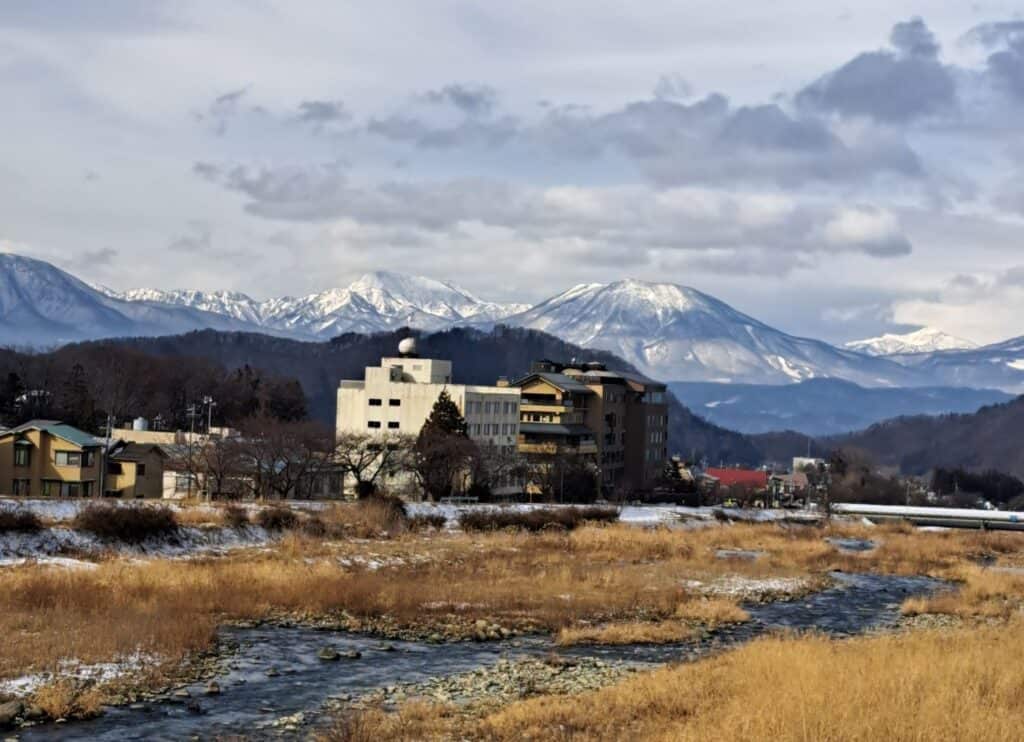
What is there to do in Nagano?
As well as taking a trip to see the snow monkeys, and enjoying the hot springs of Yudanaka or Shibu-Onsen, you HAVE to visit Nagano’s Zenko-ji temple.
The impressive Zenko-ji Buddhist temple complex in the centre of Nagano is one of the oldest and most important temples in Japan. From Nagano train station, it is a 30 minute walk to the entrance of the temple, or you can jump on the local bus which departs from the front entrance of the train station. If you choose to walk, there are several restaurants, cafes and shops to visit as you make your way to the temple.
As you approach the first set of temple gates, take a moment to notice the traditional Japanese style houses and buildings that line the walkway either side. As you walk through the gates, there is a small shopping street with kiosks and stalls leading you towards the main temple. The shopping street is small, and nothing compared to Nakamise street at the Senso-ji temple in Tokyo, but it is cute.
Zenko-ji temple is one of the best attractions to see in Nagano and it really is a beautiful temple. Take your time to wander around the picturesque grounds and gardens and see the 5 storied pagoda, tucked just behind the main temple building.
Entrance is free to access the temple complex and walk around the grounds. However, if you want to enter the inner sanctuary and visit the museum, there is a small fee of 600 yen for adults (£3.30), payable on entry to those areas.
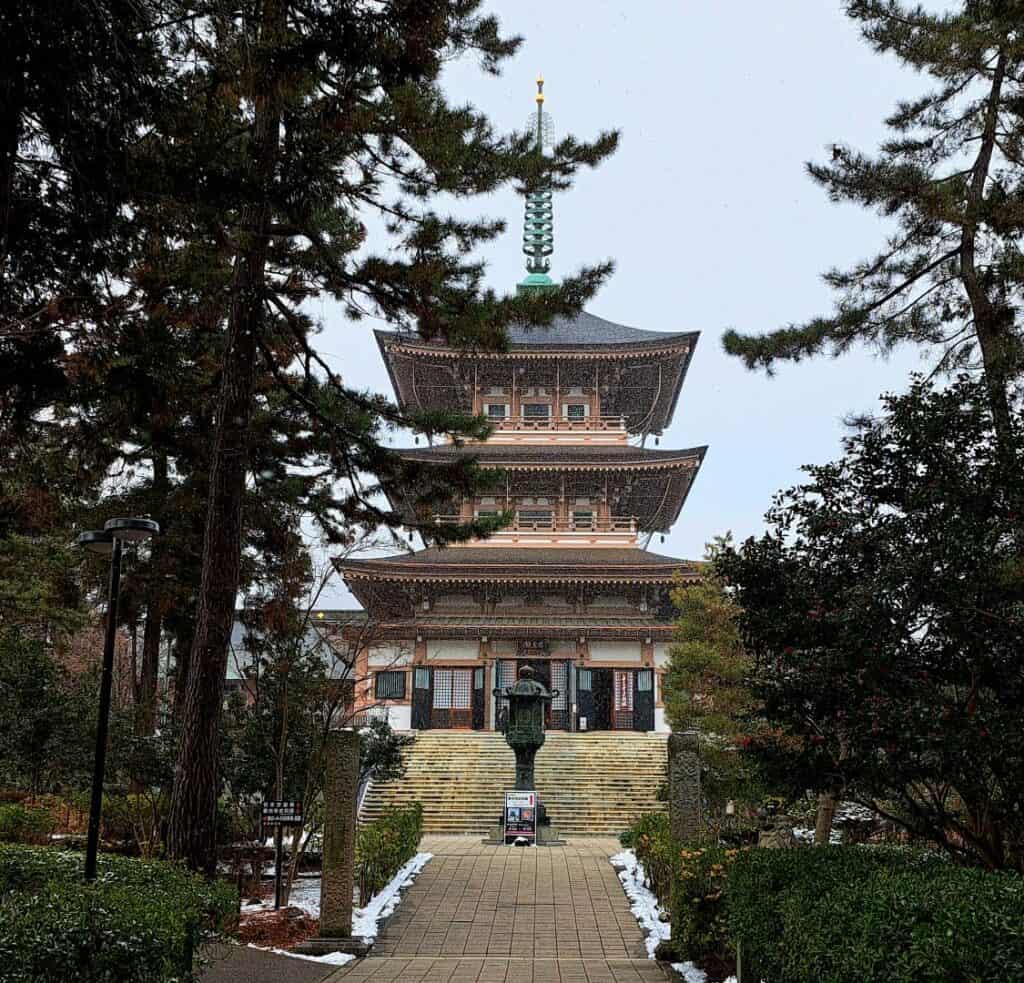
Day trips from Nagano
Nagano is well positioned, surrounded by several resorts and towns, suitable for a daytrip.
One of these places is the historic town of Obuse, famous for its chestnut confectionary shops and sake breweries. Matsushiro is also a notable town to spend a couple of hours. Known as Nagano’s Samurai town, Matsushiro has many attractions and sights from the Edo Period, including the Matsushiro Castle Park, the Bunbu Military Academy and several smaller temples and shrines.
Shiga Kogen is another great place to visit from Nagano, especially in the winter months, as it is Japan’s most popular and notable ski resort. In fact, you will probably want to spend several days at least here, especially if you ski or snowboard! Shiga Kogen is also a great place to visit in the spring and autumn months, as it forms part of the Joshinetsu Kogen National Park. When the snow clears in the national park, it reveals some of Japan’s best alpine hiking trails.
Is Nagano worth visiting?
Most people only travel to Nagano to transfer directly to one of the mountain ski villages, or to take a trip to the Jigokudani Snow Monkey park, but it’s worth spending at least a couple of hours in the city itself before you move on.
Nagano is also a good place to base yourself for one or two nights at least to enjoy a snapshot of the beautiful mountain scenery and skiing that this region is famous for.
The proximity of Nagano to Tokyo and the ease of traveling between the two cities makes Nagano a worthy addition to your Japan itinerary.

